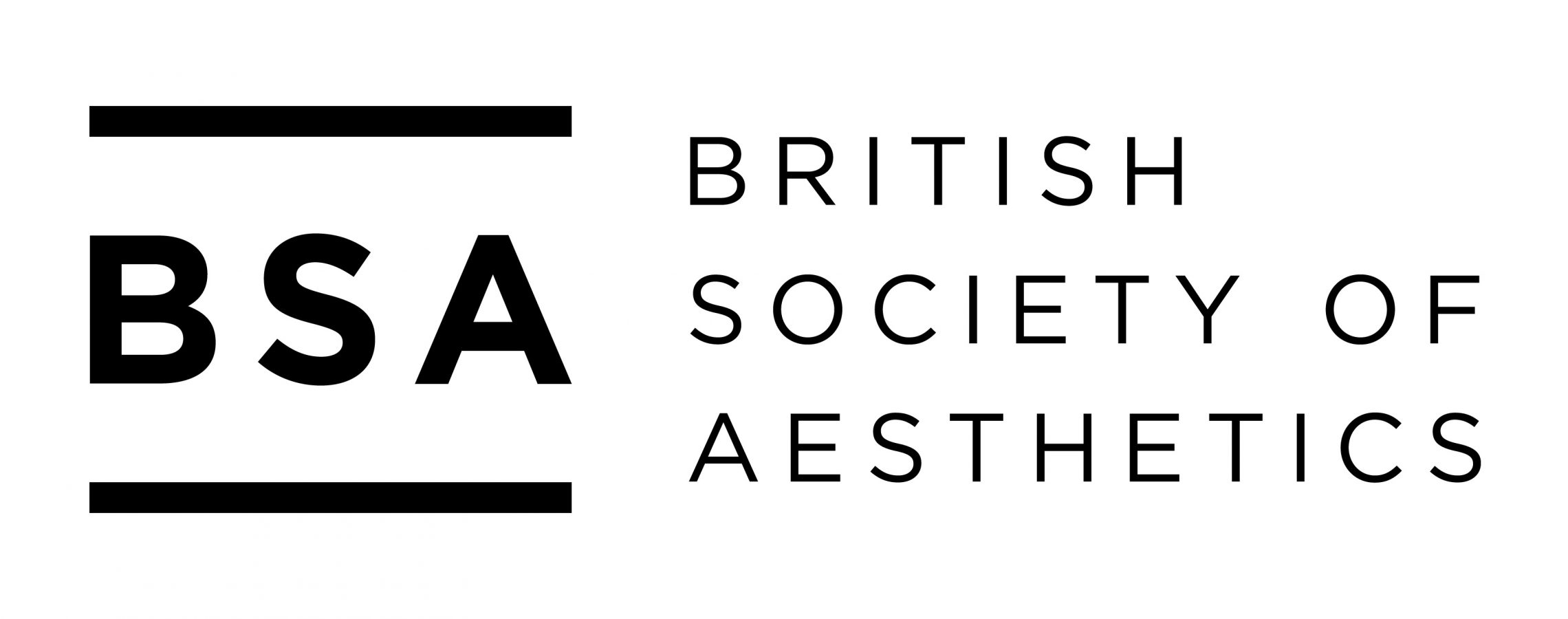On the 27th–28th June, King’s College London played host to around 150 delegates of the RMA’s Music and Philosophy Study Group, who came together for yet another stimulating weekend of research and debate. This year, no theme was set for the conference, which allowed for a snapshot of the prevailing research directions inside the area of music and philosophy.
The breadth of this area was reflected in the four keynote speeches: Dmitri Tymoczko (Princeton University) kicked off the conference by outlining a theoretical system for the analysis of rock harmony. Both his plea for the recognition of ‘implicit knowledge’—that a musical logic can be developed within an idiom without explicit verbal theorization—and the situation of his methodology between what he sees as the two extremes of contemporary musicological research—‘extreme historicism’ and ‘extreme aestheticism’—were equally compelling.
The next keynote speaker, Kathleen Higgins (University of Texas at Austin) outlined the possibilities for consuming hybrid music ethically. With brutal honesty about her own listening processes, she demonstrated the ways that the flattening, exploitative side effects of e.g. ‘world music’ can be resisted through a self-aware attempt to engage meaningfully with the ‘other’ culture, rather than wallowing in the exoticism of its ‘otherness’. The respondent, Jason Stanyek (University of Oxford) unpacked this process, revealing the ways in which even well intentioned approaches to hybridity rely on notions of prior purity, and ultimately, difference.
The third keynote speech was given by Philip Kitcher (Columbia University), who bravely interrogated one of the foundations of the conference itself, asking ‘can there be such a thing as “Philosophical Music”?’, and—to demonstrate the possibility of an affirmative answer—providing a reading of Mahler’s Lied von der Erde. Inevitably, responses were varied and the subsequent discussion was passionate, but we are all grateful to the Music and Philosophy Study Group for providing a space for honest, unfettered debate.
The final keynote, Carolyn Abbate (Harvard University) rounded off the conference with a fascinating meditation on sound, the senses, and their interaction with technology via a brief history of the microphone—something that, seemingly dull written down here, in Abbate’s hands was utterly mesmerizing. The response from Murray Smith (University of Kent) was equally enlightening.
The parallel sessions were equally rich in depth and variety. Much was offered in the way of musical ontology, from a consideration of mash-ups from Christopher Bartel (Appalachian State University) to Kevin O’Regan’s (City College, Norwich) complex unpacking of the relationships between music, narrative, aesthetics, autonomy, and immanence. A careful systematization of Roger Scruton’s theories of musical ‘motion’ by James Matharu (University of Oxford) was made even more stimulating by the fact that the session’s chair was Prof. Scruton himself, prompting lively (if perhaps overly cautious) discussion afterwards. A particular highlight, for me, came from Robert Samuels (The Open University, UK): his probing re-evaluation of the debate around programme music and narrativity in the writings and compositions of Schumann managed to combine hefty theory with fresh historical insight—I’m sure I wasn’t the only one suddenly keen to reread Schumann’s diaries, letters and reviews—all culminating in an attractive analytical application to the Piano Quintet Op. 44.
A handful of papers dealt with specific repertoire, among them Amy Bauer (University of California, Irvine) who read Ligeti’s Le Grand Macabre with reference to its critique of language and representation, and Benjamin K. Davies (Conservatori Superior del Liceu, Barcelona), who presented a Habermasian analysis of Beethoven’s ’Cello Sonata op. 69.
For better and for worse there were several differences from previous years’ conferences. It was noted by some delegates that, on the whole, there was less ‘radical’ or ‘applied’ work. The scarce engagement with female composers or philosophers—a by-product of the continued supremacy of the Enlightenment and Romantic canon, perhaps—was also noticed by many, in uncomfortable contradistinction to the large proportion of women delegates (and indeed keynote speakers, which was exactly half).
There was a clear effort on the part of the conference committee to provide a variety of themes, approaches and genres: several exceptions to the ‘canonic’ approach have already been noted, and one should also credit Anna Morcom (Royal Holloway, University of London), Michael Gallope (University of Minnesota) and Huw Hallam (King’s College London), who led a discussion panel on music and capitalism. Nevertheless, it seems that such approaches remain ‘special interest’, in danger of being ghettoized. Things are changing, but slowly: it would only be a good thing if by next year we had begun to absorb such destabilizing voices into the core of our work, rather than restricting them to a notional ‘outside’.
The much-expanded discussion time after papers (twenty minutes for parallel sessions, and a full forty minutes for keynote speeches), first introduced at the 2013 conference, has been a wonderful development. In nearly every case this year, the Q&A provided as much enlightenment as the addresses, and in several instances one had the sense of progress being made right there in the room.
Overall this was a very successful conference. I would suggest that problems of discourse and ideology critique are once again at the forefront of the academy’s thoughts: the question ‘what are we really claiming when we claim what we claim?’ lay behind many of the papers. Most of these, consciously or not, traced theoretical family trees back to foundational binaries: historicism vs. aestheticism, immanence vs. performativity, real vs. imaginary. It speaks of the theoretical bent of the weekend that few solutions to these antinomies were proposed—all the more reason to look forward to the next conference, and wonder what, with another year’s passing, it may bring.
— Nathan Mercieca
